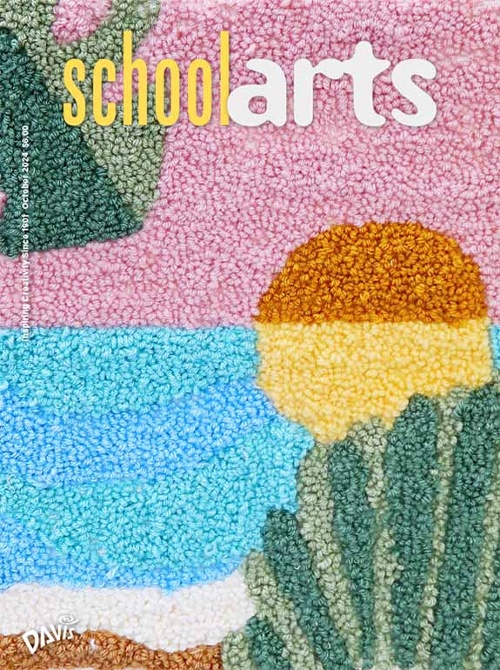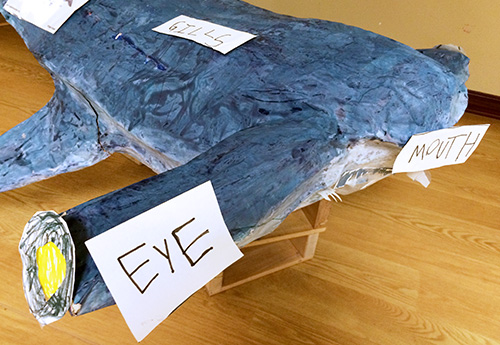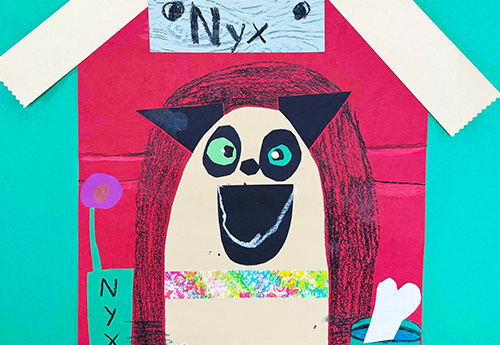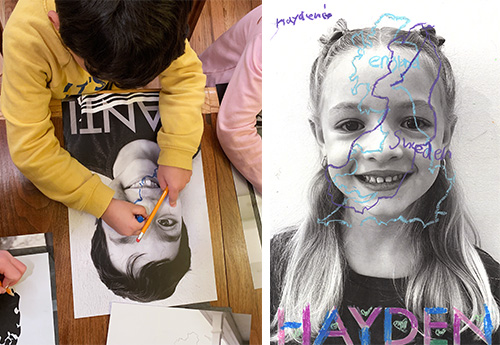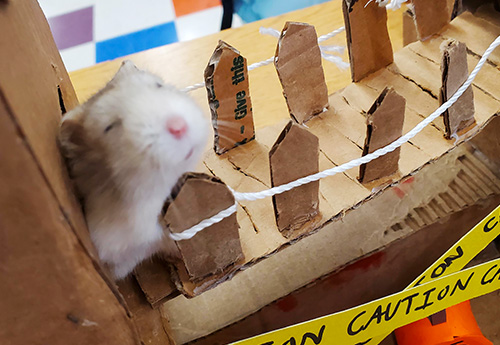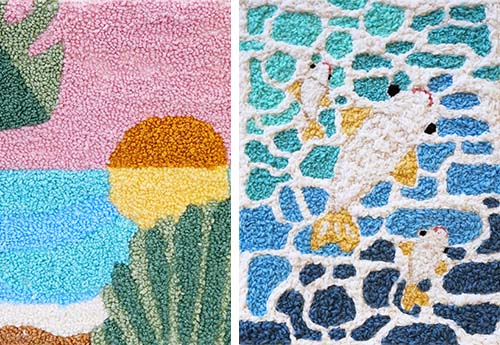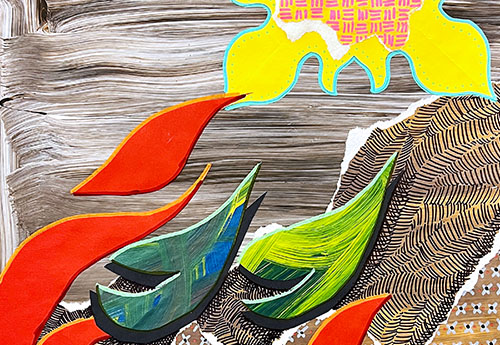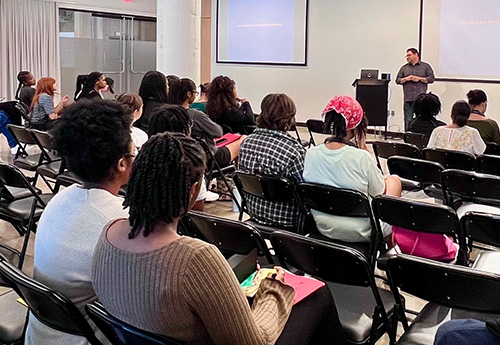
Editor’s Letter: Connections
To experience a connection with art, music, or reading is to allow ourselves to become vulnerable and open our minds to new possibilities. It helps us navigate new experiences, drives us to expand our knowledge, tackle difficult conversations, and even practice inclusivity and address our emotions in response to significant events. Granting ourselves the space needed to connect—to reflect, engage, and listen—can make a difference in how we present curriculum to our students.
Read Article
